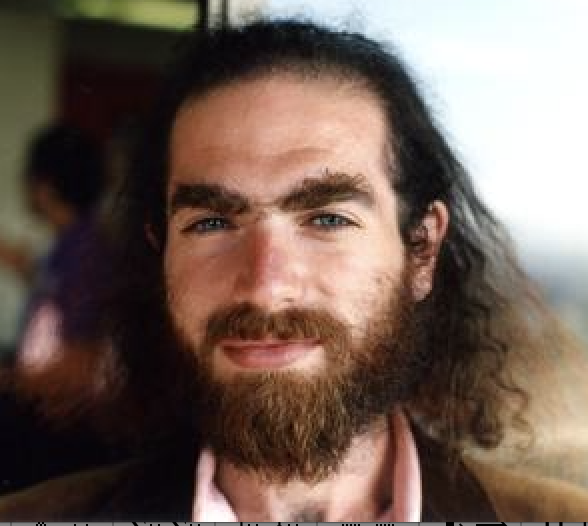
Most people are not interested in mathematics, physics or any subjects that involve abstract concepts. To test the validity of this assertion, attend a party or a social gathering in which everyone is engaged in animated conversation and announce:
Listen up, everyone. Some of you may not be aware that on October 12, 2024, the number 2 to the power 136,279,841 minus one was discovered to be prime, making it the largest prime number known at this time.
The host may revoke your invitation, or ask the bartender to water down your drinks. The scientific announcements that most people regard as relevant to their lives are, understandably, reports centered around health, such as those that reveal scientific discoveries about avoiding dementia, losing weight, increasing sex drive or establishing a healthy diet.
There is, however, a thin sliver of our population that loves mathematics and reacts emotionally to its new discoveries. There are two sources of joy that come from mathematical breakthroughs: the proof of a long outstanding conjecture and the proof of a theorem with deep implications.
For example, in 1904, Henri Poincaré was studying a special topological property of the n-dimensional sphere, (in an n + 1 dimensional space) that we’ll call the “shrink-to-a-point” property. For example, if we place an elastic band on the surface of a ball, then no matter where the band is placed, we can shrink the elastic band to a circle of zero radius and remain on the surface of the ball. However, a donut-shaped surface, that mathematicians call a torus, does not have this “shrink-to-a-point” property, because an elastic band placed as shown, cannot be contracted to a point without leaving the surface. Poincaré conjectured that any n-dimensional surface with the “shrink-to-a-point” property is an n-dimensional sphere, or can be transformed into such a sphere by bending or stretching. However, Poincaré was unable to prove his conjecture and it remained unproved for a century in spite of a multitude of failed attempts by some of the world’s greatest mathematicians. Consequently, it became one of the seven millennium problems called the Poincaré Conjecture. Stephen Smale had proved it in 1960 for n ≥ 5 and then in 1991 another American mathematician, Michael Freedman had proved the conjecture for n = 4 and won the Fields Medal. However, the Poincaré Conjecture remained unproved for n = 3.
Then, on November 12, 2002 at 5:09 EST an email sent to a dozen US mathematicians read: May I bring to your attention my paper in arXiv math.DG 0211159, followed by an abstract of the paper he posted the day before on the arXiv.org e-Print archive website hosted by Cornell University Library in Ithaca, NY. The email was signed, “Best regards, Grisha.” In this email, Grisha Perelman, a famous Russian mathematician didn’t indicate that he had solved the Poincaré Conjecture; he merely let the mathematics speak for itself.
The email launched a tsunami of cyberspace communication that swept through the mathematics community in a giant wave of speculation. A dumbfounded gaggle of the world’s greatest intellects were engaged in frenetic efforts to make sense of what it all meant. Ensuring that it was, indeed, a proof with no fundamental flaws would take months or possibly years.
By the middle of 2005, the mathematics community had reached consensus that Perelman’s proof was, indeed, valid. To celebrate his triumph, the organizers of the International Congress of Mathematicians (ICM) selected him to receive a Fields Medal–the highest honor that a mathematician can receive–to be announced and presented at the ICM in Madrid on August 22, 2006. Traditionally, the winners of the Fields Medal (presented every four years) are not informed of their award until the Conference. However, the governing board of the International Mathematical Union wanted to ensure that Perelman would attend the Congress and accept his medal, so they sent their President, Sir John Ball to St. Petersburg to inform Perelman of his award and to persuade him to attend. The unyielding Perelman refused to attend or even accept delivery of the Fields Medal. It was the first time anyone had ever refused this prestigious award. Furthermore, In March 2010, the Millennium Prize of $1,000,000 was awarded to Perelman in absentia, and he refused it, asserting that receiving money for mathematical achievements demeaned its value. Mathematical breakthroughs had innate value that was not for sale.
In many ways, the enthusiasm that people involved in mathematics feel for mathematical breakthroughs is similar to the passion that people feel when their sports team wins the Super Bowl or the World Series. However, the breakthroughs in mathematics often bring unanticipated benefits. The giant prime numbers eventually became the basis for one type of encryption that enables banks and retailers to protect the vital information of their clients.
